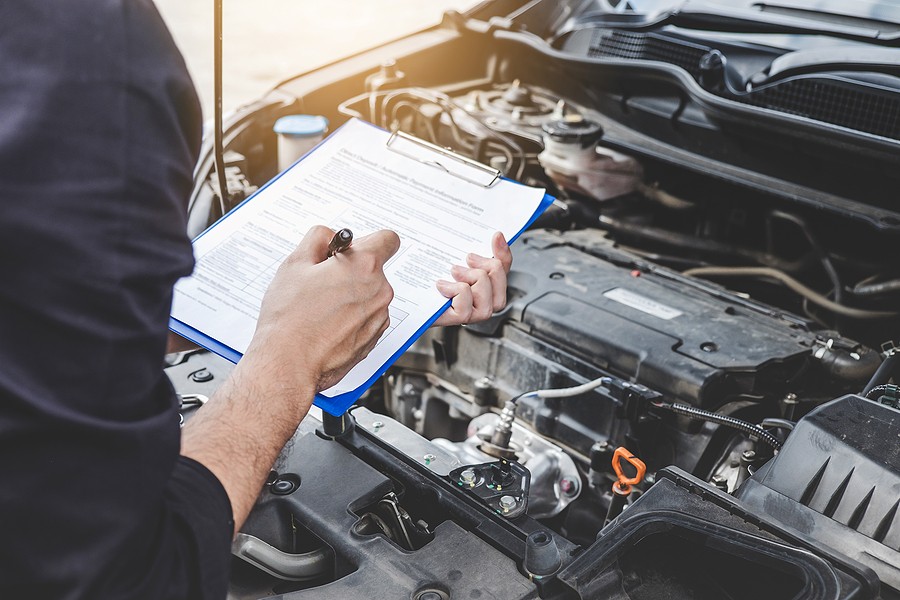If you're looking for “how to check a car's condition,” below is a comprehensive guide:
- Exterior inspection
- Interior inspection
- Under the hood
- Mechanical components check
- Starting and driving tests
- Specialized checks
- Maintenance records check
Purchasing a vehicle is not a simple task. It requires careful inspections and reviews of the vehicle history before making a final decision and making this investment.
Understanding what to look for when checking a vehicle's condition is very important for you as a car owner; you're still highly recommended to bring your mechanic when making the final call about whether you should buy this car.
This article is a comprehensive guide to help you understand what to look for when inspecting a vehicle and confirming it is in good shape. It should help you answer “How to check a car's condition?”
How to check a car's condition?
Checking a car's condition shouldn't be complicated as long as you follow the recommendations of automotive experts. Many people might underestimate the importance of this check and end up purchasing the wrong vehicles.
To avoid dealing with situations where you buy a car that breaks down right after you sign the dotted line, consider looking forward the following as a way to check on the condition of the vehicle:
1- Exterior inspection
Start by looking at the exterior by performing a visual inspection and looking for more details. If you follow the recommendations below, you should be able to get a general idea about the overall exterior condition:
Body and paint
Check for the body and paint and see any signs of cracks or peels around the vehicle's body. Sometimes, people might be OK with purchasing a vehicle in this shape, but you can use it when negotiating the final price.
Tires and wheels
You also want to ensure the tires and wheels are in good shape. You don't want to deal with a vehicle with damaged tires where you have to replace all four tires at once, especially because they are swollen in the entire world, and you have to replace them to get the vehicle to drive properly.
Lights and signals
Finally, you want to ensure that all the lights are working just fine, including the headlights, tail lights, hazard lights, et cetera. You also want to ensure that the brakes are connected properly to the brick slice and that nothing is wrong with that.
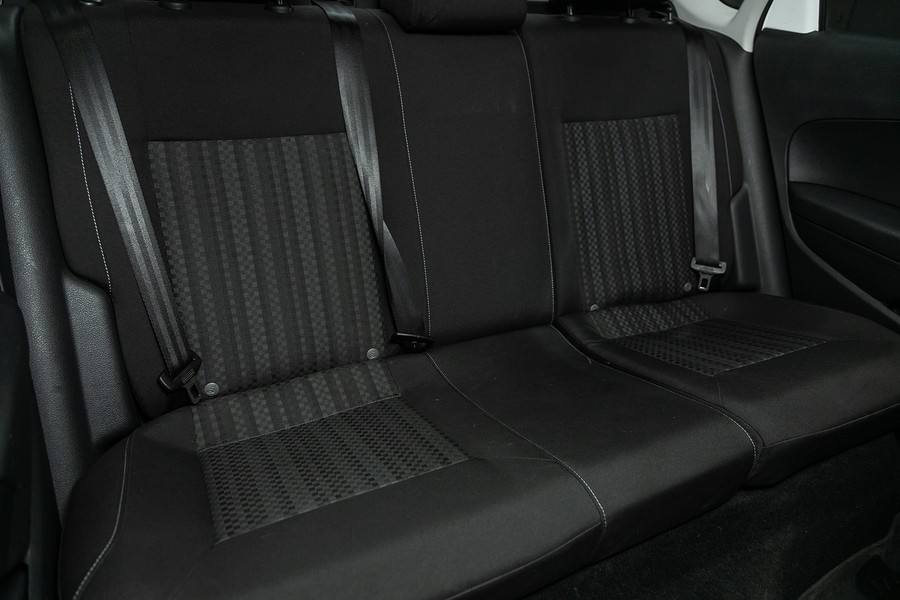
2- Interior inspection
Once you're happy with the vehicle's exterior, the next step is to look at the interior. You also want to ensure that everything is functioning properly and the comfort overall is good. Therefore, you want to check on the following:
Dashboard and controls
The dashboard should be working just fine, and you want to ensure there are no warning lights on the dashboard, including a check engine light or any other types of lights, especially when you're starting the car and if it drives for a couple of minutes.
Seats and upholstery
Look at the upholstery on the seats and see if there are any comfort issues when riding in the car. You also want to look for signs of potential water damage that might be translated into damp areas.
Safety features
Finally, if you know that this vehicle has safety features, you want to ensure these features are working properly. For example, if there's a back or rear camera, you want to test it and look for other features you might rely on.
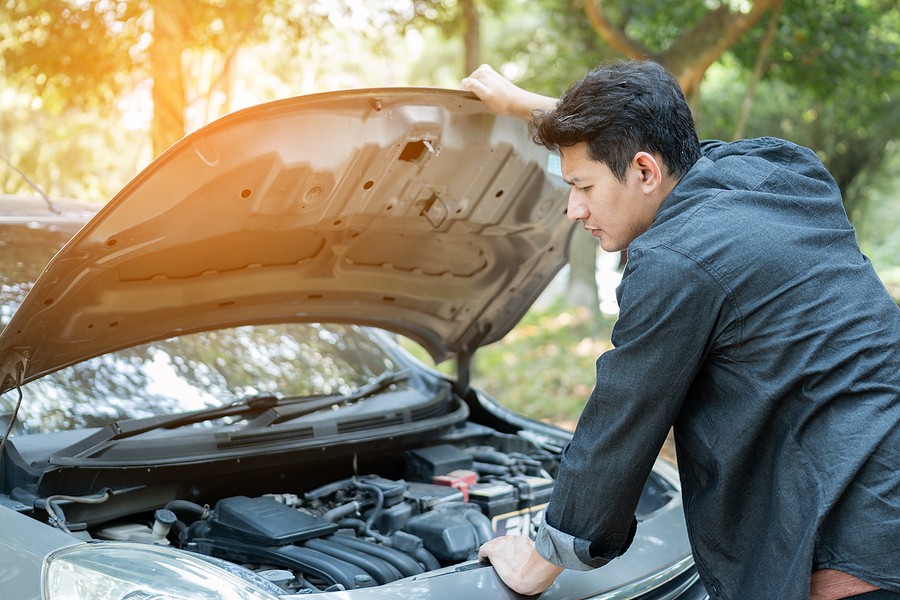
3- Under the hood
Once you're comfortable with the vehicle's exterior and interior, the next step is to look at the more detailed items that might provide more information about your decision to purchase this vehicle or not:
Engine compartment
You want to make sure that the engine compartment doesn't have any problem. Your mechanic might be a good person to help you identify any potential symptoms of internal damages that might not be visible to you as an average car owner.
Fluid levels
You also want to ensure that the fluids are at the optimum level and nothing is overfilled or doesn't have enough fluid. For example, you want to make sure that you check on the coolant level, the oil level, etcetera.
Belts and hoses
Finally, you need to confirm that all the belts and hoses are in good shape and nothing is about to get damaged or damaged completely. You can pick on this quickly by performing a quick visual inspection.
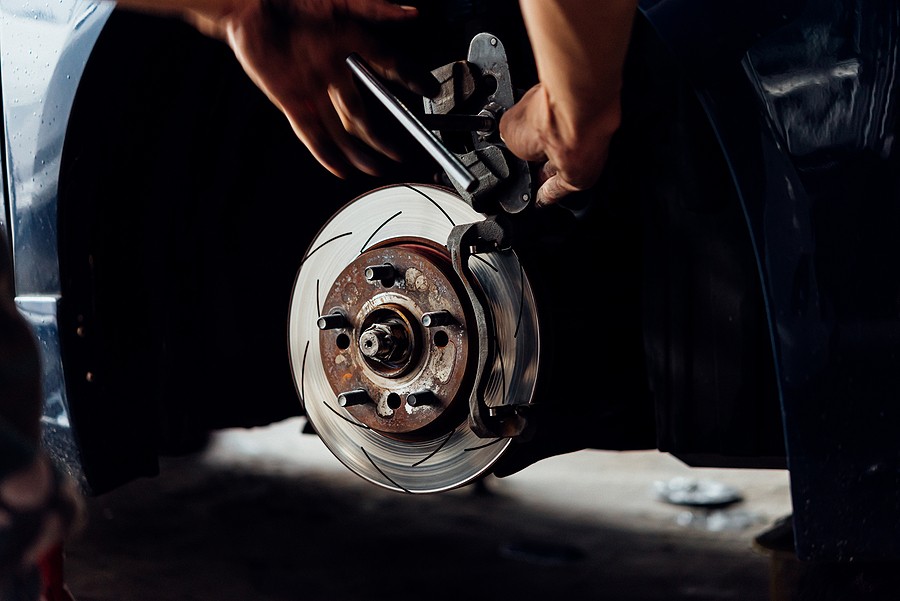
4- Mechanical components check
While you must confirm the good condition of the items under the hood, there are some additional items that you have to insure because they can be very expensive to fix if they're not in good shape:
Brakes
Since the brakes are critical features that have to do with your safety, you want to make sure that those work properly, and when test driving your car, they are responding just fine and not very fast or slow.
Suspension and steering
As you're test-driving the car, make sure that the suspension system and the steering are in good shape and that nothing is wrong with it regarding alignment or vehicle vibration as you're going at higher speeds.
Transmission and drivetrain
Finally, it would be best to ensure the transmission is in good shape and doesn't have transmission fluid leaks or any potential problems that might impact the transmission or drivetrain.

5- Starting and driving tests
Once you finish inspecting all the items, the next step is to give the vehicle a quick test drive. This involves looking for the following items:
Engine start
Monitor how the engine starts and see if there are any potential signs of problems or hesitation in how the engine starts because this could indicate an internal problem that has to do with the battery or even the overall starting system.
Idling
Look for any potential signs of weird behaviors by your vehicle when setting it to idle because if the vehicle is making weird noises or smells, this could indicate an internal problem.
Acceleration and braking
Try engaging the bricks and the acceleration to see if the vehicle is behaving the way it should appear. I suppose you feel the vehicle is supposed to over-accelerate or hesitate when trying to engage those items. In that case, you must. In that case, be careful about purchasing it because it might impact your safety.
Handling and alignment
Finally, as we're driving the car, you want to make sure that this car is driving straight, and if it's not, then it could be an issue with the alignment and the handling. Therefore, it could be something you want to ask yourself about whether you want to buy this car or consider walking away.
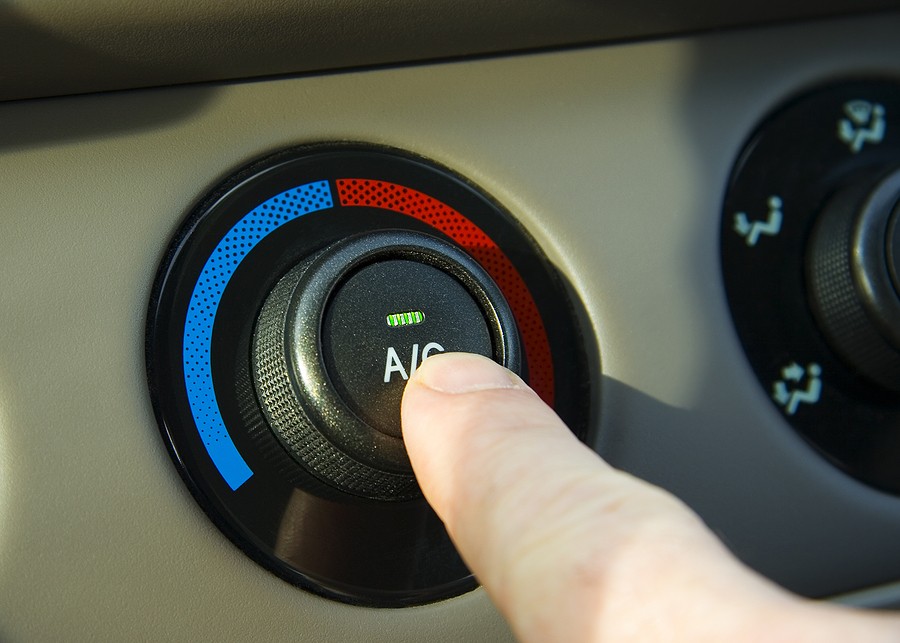
6- Specialized checks
In addition to the previously mentioned items, you also need to take a closer look at some of the important items that many average drivers, including those who might underestimate the following:
Air conditioning and heating
Electrical system
Fuel system
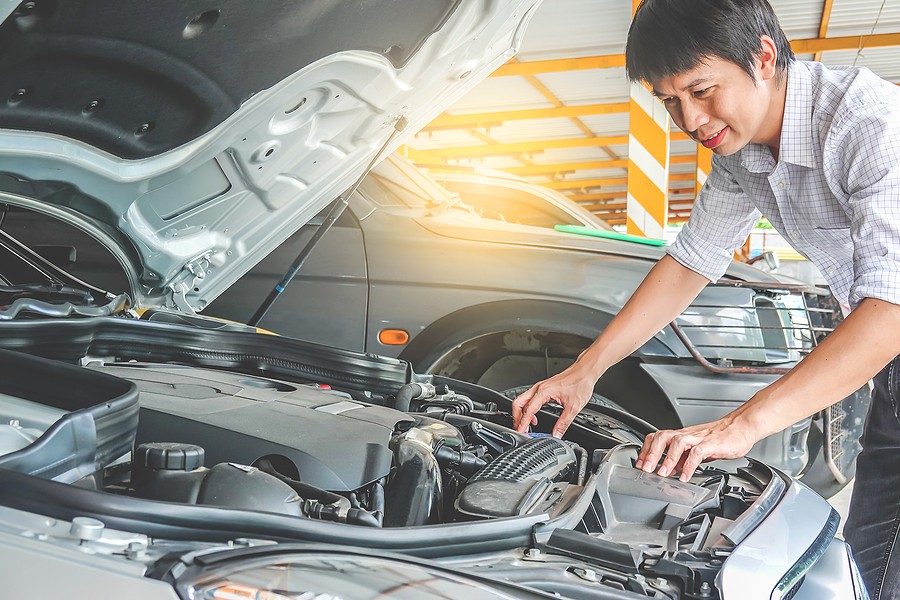
7- Maintenance records checks
Finally, one of the most important things you need to check before making the final call about whether you should purchase this car is the vehicle records and history reports. Those who provide detailed information about what happened to the vehicle previously and whether the car was involved in a flood or car accident appeared.
You can also determine how many owners used to own this car because the fewer the owners, the higher the chances that the vehicle is in good shape and was maintained because if it jumps between different owners, it means that there is something wrong with the car that people are trying to get rid of.
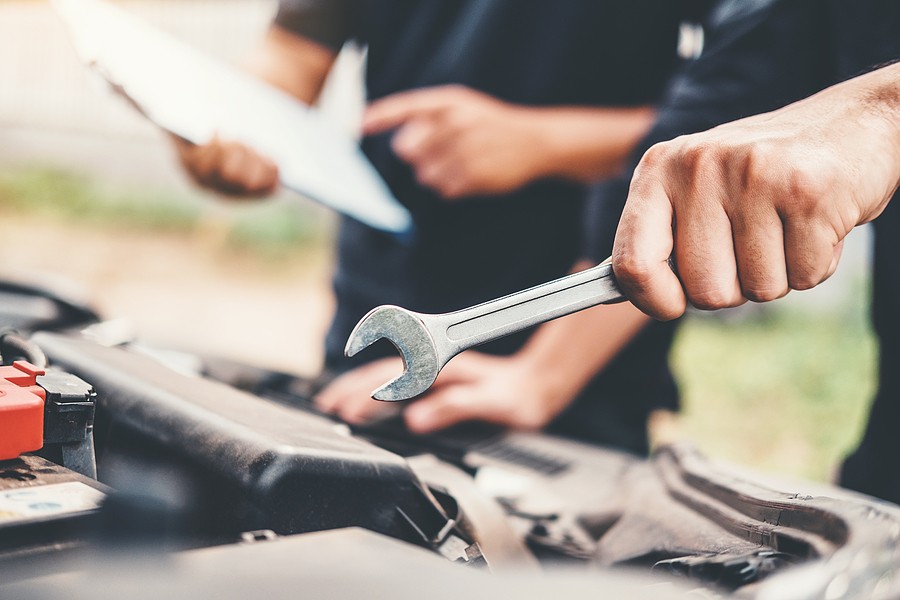
How do you check car condition? Final Thoughts
Buying a car is a big responsibility, and it involves detailed inspections, and you're not buying the wrong car. Many people regretted signing the bill of sale after dealing with major problems in significant components like the engine and transmission.
This article provided a comprehensive guide to help answer the question, “How to check a car's condition?” It's highlighted what systems you should inspect and what areas to be careful about when test-driving this car.
Automotive experts still recommend bringing your mechanic whenever you're trying to buy a used car, even if it's not very expensive. By bringing the mechanic, you avoid dealing with situations where you buy a car with major problems and break down right after you sign the bill of sale.
If you end up purchasing the wrong car and are dealing with a vehicle with many problems or no one is willing to buy it, you can always sell it to Cash Cars Buyer by calling us at 773-791-4363.
If you're interested in similar posts, we highly encourage you to visit our blog by clicking here.

